Agile Saturday XV – Agenda is published!
Agile Saturday XV – Agenda is published! Read More »
Greetings agile people!
Time flies and we are getting closer and closer to our next Agile Saturday XV.
Time to introduce our second keynote speaker!
Our second keynote speaker is Kaimar Karu and he will talk about
“Cynefin and sense-making in the digital world”.
Here is the abstract to get you curious:
Agile Saturday XV – second keynote speaker Read More »
Agile Saturday XV is just around the corner. Time to introduce our speakers!
Our first keynote speaker at Agile Saturday XV on March 23rd will be… Vasco Duarte!
Actually, Vasco helped a lot our community and was the keynote speaker at the very first Agile Saturday whooping nine years ago. We are very happy to have Vasco together with us again.
Vasco will talk about that:
Agile Strategy – How to run an Agile business, a case study of 18 months of SAFe portfolio level implementation in the leadership team of a multinational company.
Here is an abstract to get you energised:
Your teams are Agile. You can even deliver software faster, but the business is still suffering? Do the teams claim that other departments are “behind” or “don’t get it”?
When companies start their Agile journey, they usually start from the IT corner, but that is not what Agile is about. The software is only a small part of the value customers get. We must also respond quickly to market changes, remove unnecessary costs, and focus on discovering higher value (higher profit, lower cost, market-centric, user-focused) products and services. The solution: be Agile about how you manage your company.
In this presentation, we walk through a 2-year transformation in a multinational mid-size company, which went from top-down waterfall-like portfolio planning to Agile Portfolio Management, the next wave of Agile.
Agile Saturday XV – First keynote speaker announced! Read More »
 Product Owner is the helmsman of your galley. You can have the best rowing team ever, but if helmsman fell overboard, you will never get to the port! What do…? Story from trenches.
Product Owner is the helmsman of your galley. You can have the best rowing team ever, but if helmsman fell overboard, you will never get to the port! What do…? Story from trenches.
What are the strengths of agile development? How does a Product Owner contribute to those? What if a PO is not performing? Or can not scale? Or is altogether absent?
This is the real world story of our company, where through necessity we were forced to dissect and replicate the functions of the PO through a gamified voting process of direct stakeholders. More details and takeaways inside!
BIO: Filips has been a Scrum master and team lead for longer than is probably healthy.
To secure your spot, go ahead and register here: https://www.eventbrite.com/e/agile-saturday-xiv-registration-44994750510
Filips Jelisejevs- Also Cloud Latvia Read More »
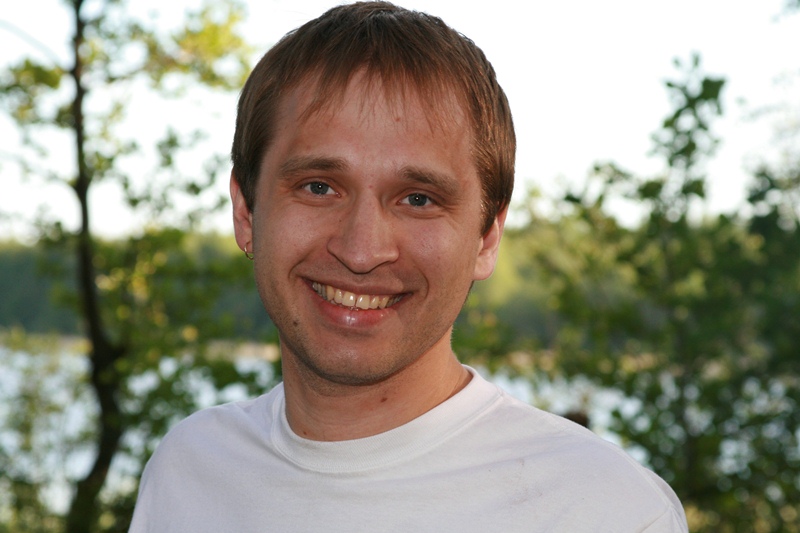 Agile is just a buzzword without technical excellence. Automated tests is the only effective way to assure that you are delivering WORKING software.
Agile is just a buzzword without technical excellence. Automated tests is the only effective way to assure that you are delivering WORKING software.
BIO: Agile software developer, creator of selenide.org
To secure your spot, go ahead and register here: https://www.eventbrite.com/e/agile-saturday-xiv-registration-44994750510
Andrei Solntsev- Codeborne Read More »
 From this hands-on session you will get to know why, how and where to use visual thinking and practices. I will enhance your skills to doodle and give you a courage to use it in your professional life. After that you just fall in love with visual thinking and ask yourself “How did I even live without it before?”
From this hands-on session you will get to know why, how and where to use visual thinking and practices. I will enhance your skills to doodle and give you a courage to use it in your professional life. After that you just fall in love with visual thinking and ask yourself “How did I even live without it before?”
Visual thinking is a tool for everybody who needs masterfully and visually communicate important messages, enhance meetings, project works and the creation of strategies. If you need to provide overview and shared understanding for teams and groups in all sizes, collaborate purposefully, communicate effectively and navigate in complexity then this session is for you!
A good leader must have the ability to create a free and open environment for dialogue where truly meaningful conversations take place. Nowadays we have less and less time for that cos there is so much information around us and problem-solving seems to become more complicated. It is therefore many leaders around the world have started not just to improve their conversation skills but also their visual abilities. Graphic facilitation is the practice of using words and images to create a conceptual map of a conversation. It is both process and product.
It is a great tool for making cooperation, processes and learning visible, to harvest, to see the common understanding and results. Pictures make people talk, share, ask questions, collaborate and, most important, understand and participate. The main emphasis of the session is to encourage the participants to draw and use simpler drawing techniques in professional life. Additionally, we learn to piece the drawings together in strategic contexts, how a picture can support important texts and how to create complete visuals- the templates.
Templates are the most interactive way of using visual facilitation. Templates are something that invites people to collaborate and participate. Can you imagine the situations where you want to do a project or a strategy but it is so complex that your team member just don’t get the whole picture.
Then you take a big paper and fill it with all of the elements with a lot of white space for everyone’s contribution. First- people start to see the overview, second- they can understand the structure, patterns and how things are connected. And third- they can start to fill it with their own ideas. What could be more fun and inclusive!?
BIO: I help people to fulfil their dreams. For that I teach them how to bring structure to their ideas by using simple pictures. One of the great missions in my life is to help people to find the courage to doodle in their professional life. I live in South-Estonia with my family. I am entrepreneur who dreams a lot but always asks how to make the dream come true. I love teaching and using visual thinking cos this tool and mindset helps me the most. I have made some books and have performed in TEDxTartu and many conferences in Estonia.
To secure your spot, go ahead and register here: https://www.eventbrite.com/e/agile-saturday-xiv-registration-44994750510
Kati Orav- Creativity Catcher Read More »
 Can agility scale in organizations, and does size matter? LHV will share their experience in launching an agile startup-like new business venture in the UK in rather unsteady pre-Brexit times.
Can agility scale in organizations, and does size matter? LHV will share their experience in launching an agile startup-like new business venture in the UK in rather unsteady pre-Brexit times.
Last month, LHV launched their new business venture in the UK. As a new generation influencer bank, LHV will start integrating and linking together traditional banking with emerging financial services and fintechs. This requires a large amount of agility and flexibility from the organization and the team, as well seeing and leveraging opportunities in unexpected places and in seemingly less than perfect circumstances. The UK is a rather unpredictable business environment due to obvious Brexit concerns. This can bring about challenges that require adapting to constantly changing conditions and having a personalized approach to your customers.
Starting a new UK venture right before Brexit means swimming upstream when everybody is going with the flow or avoiding Britain altogether. Taking full advantage of the robust growth in the UK fintech sector can only be done with an agile startup mindset as well as business development process that allows rapid adjustments if and when needed. More than anything, launching LHV’s UK business resembles more to launching a startup within an already successful company, than a traditional corporation merely extending their operation across borders. During the session, we’ll explain how we apply agile business modeling in launching and developing our UK business and describe the obvious and less obvious challenges we are facing and overcoming.
Agility is not only for small businesses and startups, it’s a mindset you can take upon in all aspects of your business, teams, and organization as a whole. Agility is scalable, it’s for smaller and bigger companies alike, and for anyone who feels they’re in-between – hustling their way to growth and success. LHV’s UK business demonstrates well how bigger companies can leverage agility not only to grow their already existing business but also launch new ones and explore exciting unknown territories.
BIO: Liisa is the UK Product Manager for LHV, the biggest domestic financial group in Estonia. She has extensive experience in digital marketing and advertising, having held positions in media companies as well as agencies in the past. It is not her first PM role in LHV, she has previously also managed LHV’s integration of internal tools as well as client onboarding. Technology has always been in the center of Liisa’s work and continues to stay close to her heart.
To secure your spot, go ahead and register here: https://www.eventbrite.com/e/agile-saturday-xiv-registration-44994750510
Liisa Schneemann- LHV Read More »
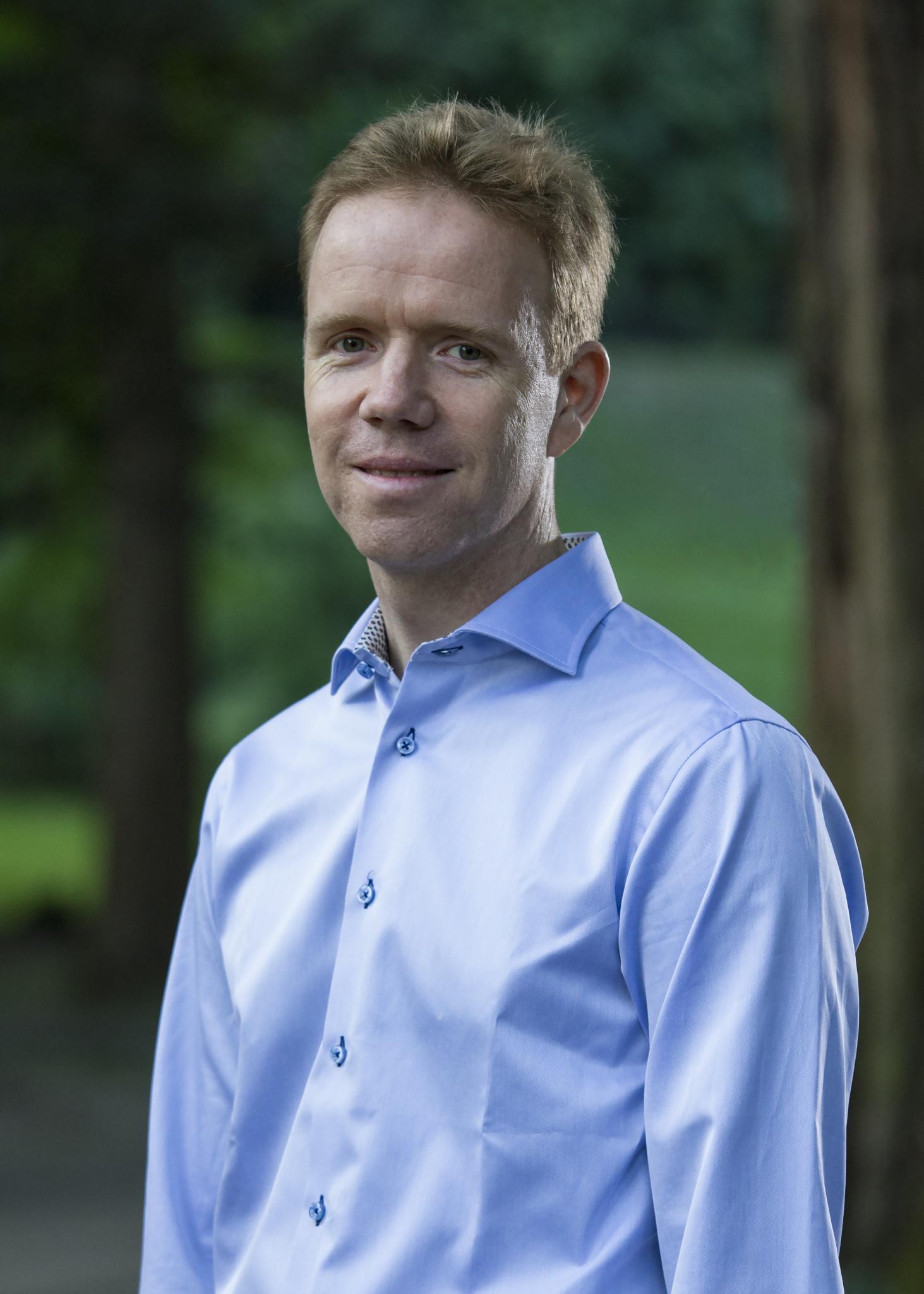 “All the brilliant minds working together on the same thing, at the same time, in the same space, and at the same computer”. How we transformed as a team by working together on everything.
“All the brilliant minds working together on the same thing, at the same time, in the same space, and at the same computer”. How we transformed as a team by working together on everything.
1. What is mob programming. Woody Zuill, co-creator of Mob programming calls it “All the brilliant minds working together on the same thing, at the same time, in the same space, and at the same computer”. It’s basically a “whole-team” approach to teamwork in software development.
2. Why The team’s technical lead found an article about mob programming and shared it with the rest of the team. The team has always been open to try new things and was already familiar with Scrum and Test Driven Development, so they decided to give it a try. At that time the team consisted of 3 persons, the technical lead himself and two other developers.
3. How we got started The team read up on the guidelines of mob programming, booked a conference room and identified a reasonably short user story. The user story was a new feature, part of the code-base they were already very familiar with. They wrote down a plan on how to implement the new feature and took turns at the keyboard.
4. How mob programming changed the team’s process The team followed their regular process, which had the following steps: Todo, In Progress, Code Review, To Test, Done. When they got to the Code Review step, they noticed they had already been code reviewing the code together from the very beginning. They had also been testing the new feature (both with TDD and manual tests), so the Testing step didn’t make any sense either. So they merged the work, deployed the new feature and moved the user story straight to Done. This allowed them to streamline their process where they now only have 3 states: Todo, In Progress and Done.
5. Strategies for working as a mob The talk will cover various strategies for reducing distractions, increasing focus and dealing with exhaustion from too much uninterrupted focus.
6. Learnings from Mob Programming The team will share practical learnings they made, which any team can learn from, even when not doing Mob Programming. The team was also fortunate enough to grow by 2 developers since starting mob programming, so will share how mob programming allowed new developers to adapt easily and even learn TDD in record time.
7. Manager’s perspective Finally we will add a short insight from the manager perspective, on how mob programming actually made the manager’s life easier, all while giving the team more freedom and autonomy.
BIO: CTO at Vaimo. Background as a Backend Developer. Worked with various teams in Vaimo from Product to Hosting to Internal Tools. Focussed on developing Continuous Delivery capabilities within Vaimo.
To secure your spot, go ahead and register here: https://www.eventbrite.com/e/agile-saturday-xiv-registration-44994750510
Wilko Nienhaus- Vaimo Read More »
 You have experience in Agile methodologies, corporate change initiatives and want to take your Agile success to a new level. Either expand it further in IT or involve more of the business. Perhaps even make the whole organisation Agile. How should you go about it in a non-naive way? How can you find some contextually appropriate ways to move your organisation forward? Depending on the nature of your context and environment, different parts of the Agile methodology are appropriate (but not sufficient).
You have experience in Agile methodologies, corporate change initiatives and want to take your Agile success to a new level. Either expand it further in IT or involve more of the business. Perhaps even make the whole organisation Agile. How should you go about it in a non-naive way? How can you find some contextually appropriate ways to move your organisation forward? Depending on the nature of your context and environment, different parts of the Agile methodology are appropriate (but not sufficient).
This talk will help you choose a contextually appropriate approach. We will look at complexity theory to understand how to look at systems and environments and to act in a contextually appropriate way to avoid running fools errands and to pick the battles that can be won with the right tools.
– Do-s and Don’t-s of organisational change
– “Agile wars”: One process to rule them all and in the darkness bind them.
– BizSecDevOps? – Achieving organisational change or “transformations”
– Scaling the “what” before understanding the “why”
– Unintended consequences – Making change stick.
– Leading the unleadable.
– No innovation with Best practice imitation.
BIO: I help organisations improve performance.
To secure your spot, go ahead and register here: https://www.eventbrite.com/e/agile-saturday-xiv-registration-44994750510
Hanno Jarvet- Jarvet Consulting Read More »
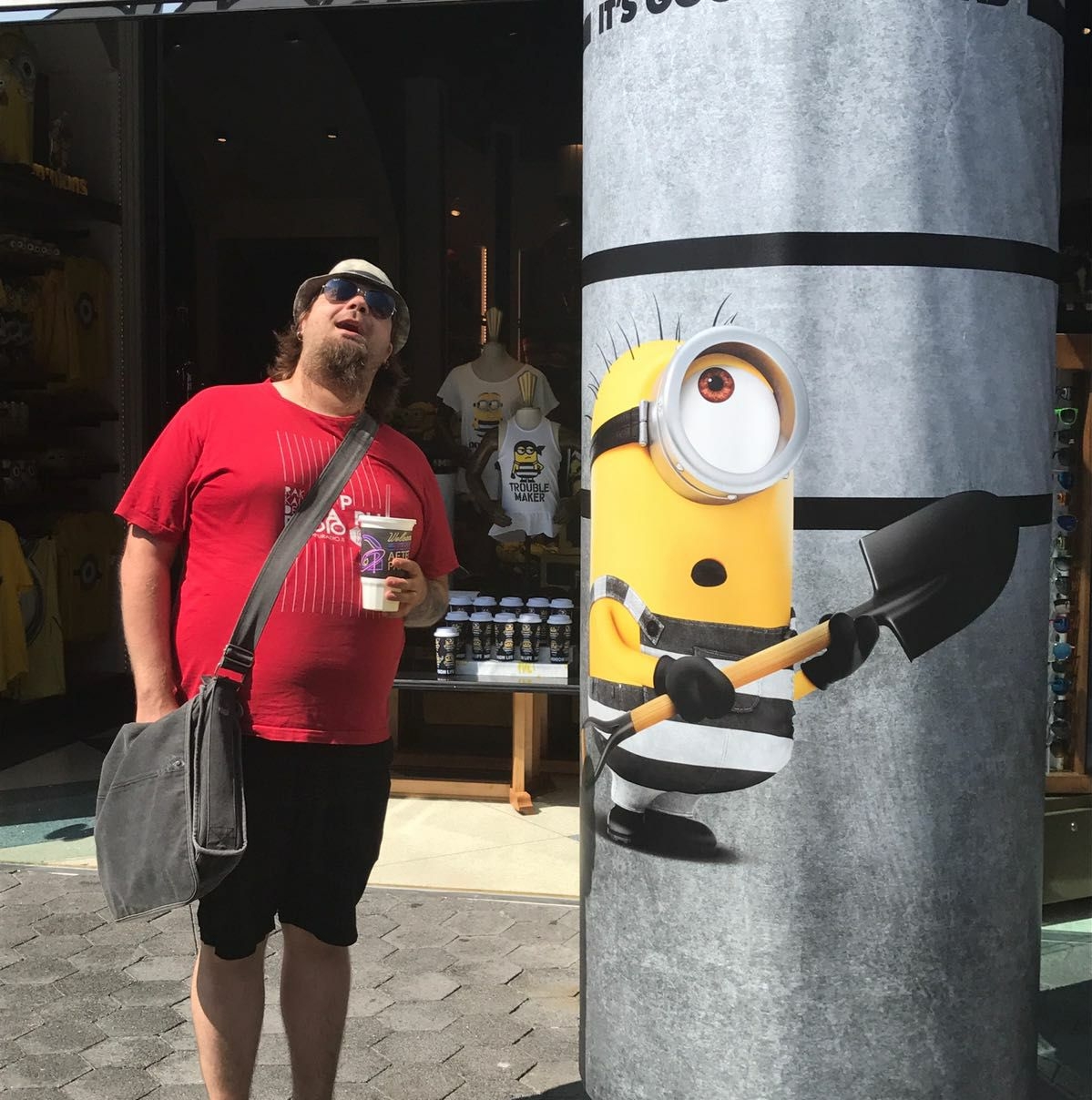 Growth relies on change and the primary driver for change is dissatisfaction with the status quo. What actually motivates you? Do we care enough? These questions are the bases for the train of thought when it comes to developing teams and yourself. There are impediments on this route, of course, and these impediments must be taken care of if we want to go forward.
Growth relies on change and the primary driver for change is dissatisfaction with the status quo. What actually motivates you? Do we care enough? These questions are the bases for the train of thought when it comes to developing teams and yourself. There are impediments on this route, of course, and these impediments must be taken care of if we want to go forward.
This is a talk about challenging ways of working and Status Quo on every project and team. I try to point out that every one can and will be better in their daily work and they can turn negative emotions and Status Quo to a positive goal that drives them forward.
BIO: I’m is technology driven agile coach who likes challenges and challenging. Finding new solutions and keeping away from Status Quo are close to my heart. Working closely with Siilis junior consultants and functional programming.
To secure your spot, go ahead and register here: https://www.eventbrite.com/e/agile-saturday-xiv-registration-44994750510
Eetu Kaivola- Siili Solutions OY (FIN) Read More »
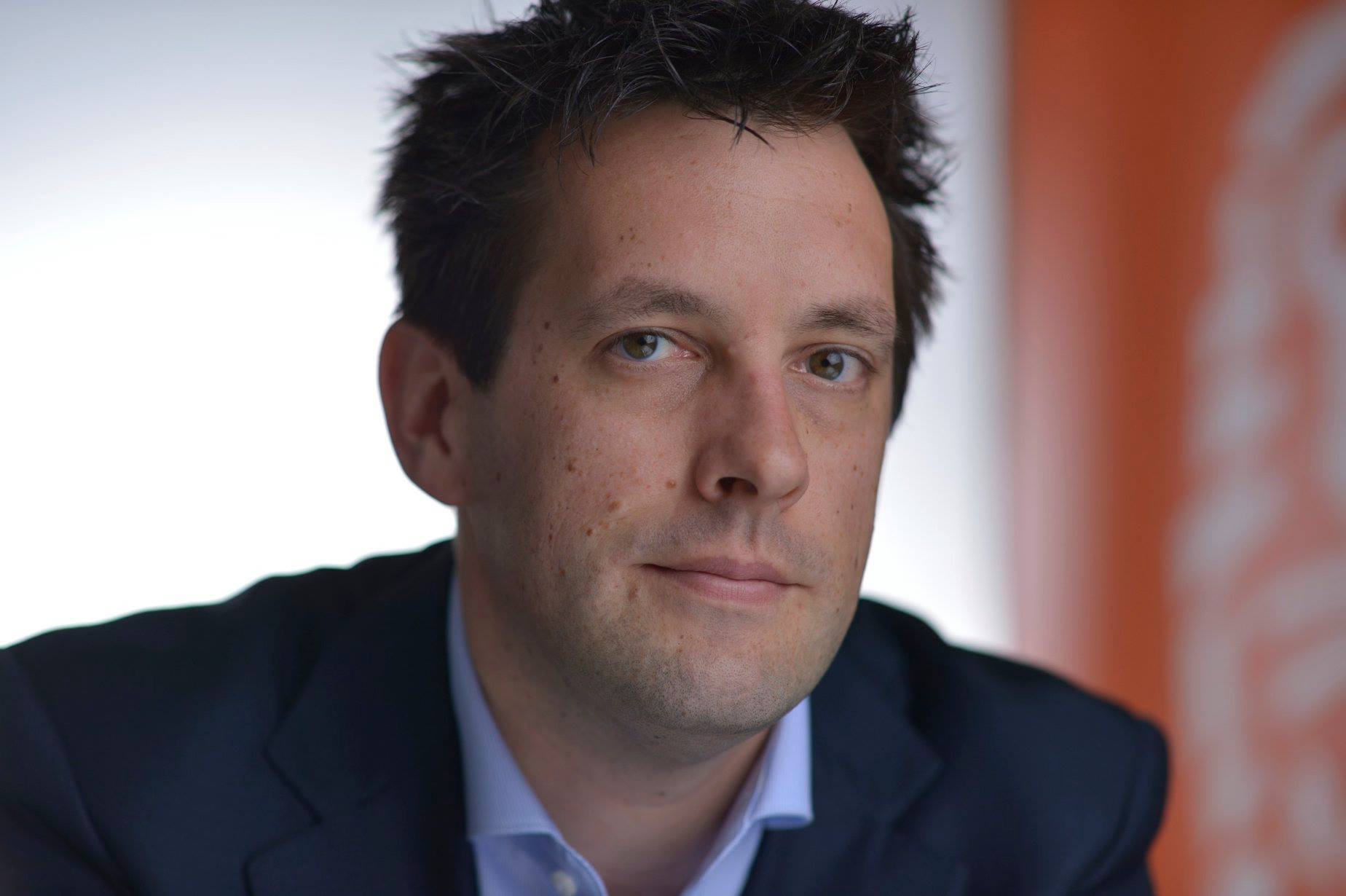 ING Netherlands was one of the first corporates in The Netherlands, and one of the first banks in the world, to adopt agile ways of working throughout the entire organisation. The transformation took place 9 months after it was thought of, in big bang style for 2,500 employees at the head office of the bank.
ING Netherlands was one of the first corporates in The Netherlands, and one of the first banks in the world, to adopt agile ways of working throughout the entire organisation. The transformation took place 9 months after it was thought of, in big bang style for 2,500 employees at the head office of the bank.
So what happened? Why did it work where previous attempts failed? What did we learn & what are our struggles of today? Most importantly if you want this for your own organisation: what are you prepared to let go?!
Jelmer Koekkoek has been part of the transformation process as an agile coach, and will share the exciting journey of a traditional bank transforming into what became a case study for corporates all around the globe.
To secure your spot, go ahead and register here: https://www.eventbrite.com/e/agile-saturday-xiv-registration-44994750510
Jelmer Koekkoek- ING Netherlands Read More »

Have you ever wondered what your SCRUM Master knows that you don’t?
Take a peek into the psychological mechanisms used (or abused?) in SCRUM!
Sure, daily stand ups are improving your information flow and sprint demos are great for fast feedback, but what about the cogs of the machine – the people?
Why exactly more than 7 do not make a good team? What good does cross-functionality do if we are doing one thing at a time, anyway?
This 15 minutes session for people with SCRUM experience is an invitation to think about the psychological aspects that make the framework tick.
How would you organize your team in the ideal world? What exactly of this wishlist you can’t do in a real one? For extra brownie points – how do you do it in a large corporate environment?
This is one part bragging about how cool we are and one part a list of controversial ideas in team building and people management.
Includes keywords like “”wage transparency”” and “”unlimited vacation policy”” and do they work in real life (aka corporate environment).
This is a 15 minute talk about grass-roots team building and organization, enjoyable by both teams and managers alike.
BIO: Agile enthusiast who has been a SCRUM Master already before it was cool. Hobbyist of behavioral economics, has worked in companies big and small but still a believer that biggest challenge in software development is people.
Filips Jelisejevs – Also Cloud (two session together) Read More »
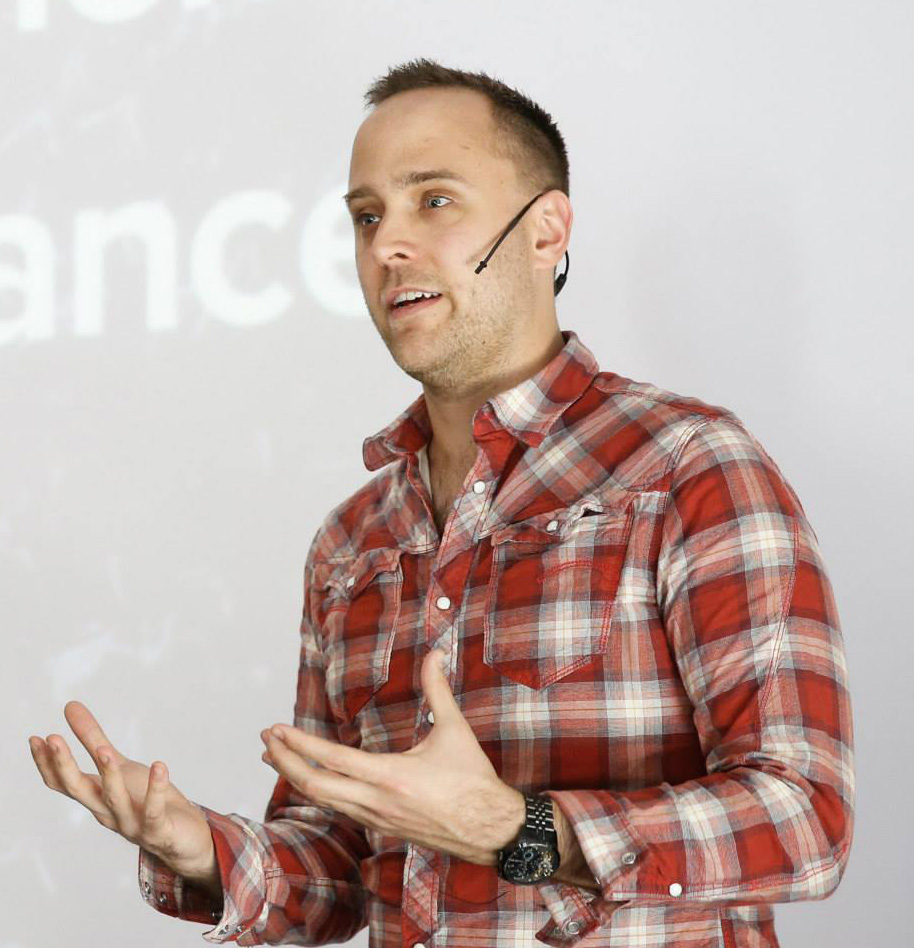 Spotify Running: Lessons learned from building a ‘Lean Startup’ inside a big tech company
Spotify Running: Lessons learned from building a ‘Lean Startup’ inside a big tech companyThis is the story of how a small, cross-functional team (with only 1 developer!) worked closely with our customers on a weekly basis to discover the right thing to build, before we built anything and eventually shipped an innovative new feature that was praised by customers and the press alike. If you’ve read the Lean Startup, have been inspired by their stories and wonder “wow that’s really inspiring, now how the heck do I actually DO this?!”, then this presentation is for you. (Here’s a hint: It ain’t easy, but is doable!)
Brendan Marsh is an Agile Coach at Spotify and the coordinator of Spotify’s Innovation guild. Brendan has been coaching the team behind the new Spotify Running feature, which started life as an exploratory project with the goal of discovering what the ideal running experience is for Spotify’s running community. The feature has since been rolled out to Spotify’s 60 million users.
Brendan is passionate about Innovation, Lean Startup thinking and empowering teams to achieve greatness.
Register now to the next Agile Saturday http://bit.ly/1Ybv3oK and see you already on the 16th of April!
Brendan Marsh – keynote Read More »

Quite often we can read from news that someone got hacked, some data (including pics!) was leaked. Quite often web applications are built with hope “nothing bad will happen”. Quite often users use web application in hope “nothing bad will happen with my data”. I call it all: “hope management”.
As an user – you hope that no one will guess your credentials and web applications keep your data securely.
As a developer – you hope that no one will hack your code, you know enough about security, frameworks-libraries you are using in your project are secure (because they are so widespread and famous!).
As a project manager – you hope all project members are producing only quality and secure software, no one will hack it and the client will be happy.
As a consumer – you hope development company produces secure software and during security test testers find all vulnerabilities.
As a security tester – you hope your scanner can find all vulnerabilities.
Once you have security incident – who is guilty? Attacker – because he/she is bad? Developer – because he/she wrote the code? Admin? Tester? Project manager? Consumer?
As web application security tester, web application security trainer and ex-developer, I will share my opinion about “hope management” in this non-technical presentation. Come and brainstorm about security-bottle-necks in softare development. Also, you may want to change your password later.
BIO: Elar was a Web Application developer about 8 years before switching to security field in the beginning of 2012. Elar is penetration tester and the main lector and course developer of 4-day Web Application Security training course in Clarified Security (In September 2014 he rounded up 1000 hours of WAS training given since 2012 March launch). Elar enjoys researching, writing Proof-of-Concepts and constantly keeps adding to the training content form real life pentesting experiences. He knows what can go wrong in Web Application as penetration tester and Web Application Security trainer and as ex-developer.
http://www.clarifiedsecurity.com/materials/elar_lang_hope_management_agile_saturday_20141025.pdf
You might have heard of a new breed of organisational models, responding to the fast growing adaptability, engagement and collaboration needs within modern company structures. Or you might have simply experienced the sound problems of slowness, rigidity, bureaucracy, disengagement along with various kinds of waste and bottlenecks that “traditional” organisational models generate and suffer nowadays.
I help companies improve their flow. Lean coach in Onebip. Cocoon projects member. Author of “Pro PHP Refactoring”. I love cappella music, photo, sailing, MTB, travelling far & books.

The agile development of large sociotechnical systems appears to be now more feasible with the availability of service- oriented cloud computing although this results in a higher complexity level with respect to security and dependability in service ecosystems. Additionally, the communication between humans and software is more complex too. Developing system architectures that comprise proactive agents are a means to tackle that complexity. However, there is a lack of agile sociotechnical design- and development methods for generating agent-based architectures that get deployed on platforms as a service in Clouds. Such methods must be easy to comprehend and enactable in a pragmatic way. To demonstrate a suggested method, the presentation uses a running case based on an emergency healthcare-provision scenario in homes for elderly. This presentation addresses the state-of-the-art gap by questioning how to augment and modify existing agile best practices for enabling the design and development of large sociotechnical ecosystems with means of service-oriented cloud computing. The presenter hopes to receive inspiring input from industry practitioners that is useful for commencing with novel research into relevant and close-to-realite directions.
BIO: Alex Norta is currently a research member at the Faculty of Informatics/TTU and was earlier a researcher at the Oulu University Secure-Programming Group (OUSPG ) after having been a post-doctoral researcher at the University of Helsinki, Finland. He received his PhD degree (2007) from the Eindhoven University of Technology, The Netherlands. His research interests include business-process collaboration, workflow management, e-business transactions, service-oriented computing, software architectures and software engineering, ontologies, mashups, social web. At the IEEE EDOC’12-conference, Alex won the best-paper award for his full research paper with the title “Inter-enterprise business transaction management in open service ecosystems”.
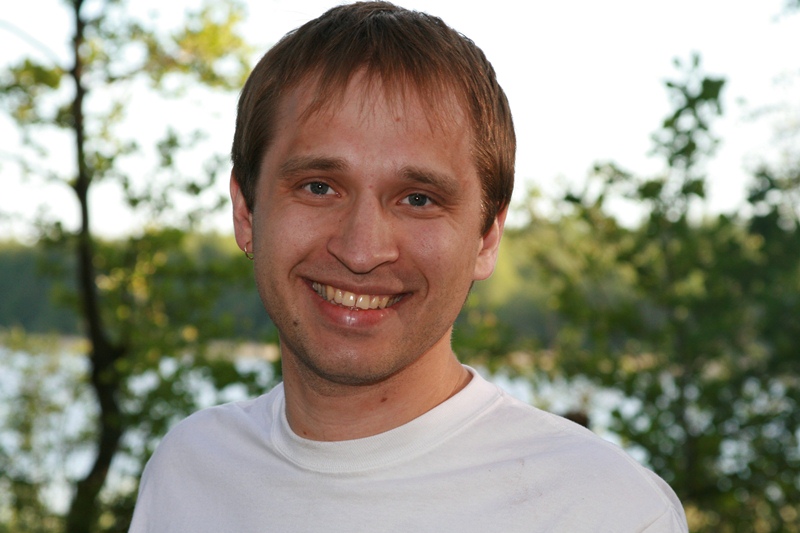
Hands-on session on writing UI tests.
BIO: Software craftsman @ Codeborne (Tallinn, Estonia).
Aggressive fan of extreme programming.
Creator of Selenide – open-source library for UI tests in Java.
Organizer of devclub.eu
Frequent speaker at conferences: DevClub, Agile Saturday, XP Days Kiev, SeleniumCamp, Nordic Testing Days, TopConf, DevConFu.

A pragmatic hands-on session demonstrating how to write good unit-tests and get benefit from them.
BIO: Software craftsman @ Codeborne (Tallinn, Estonia).
Aggressive fan of extreme programming.
Creator of Selenide – open-source library for UI tests in Java.
Organizer of devclub.eu
Frequent speaker at conferences: DevClub, Agile Saturday, XP Days Kiev, SeleniumCamp, Nordic Testing Days, TopConf, DevConFu.